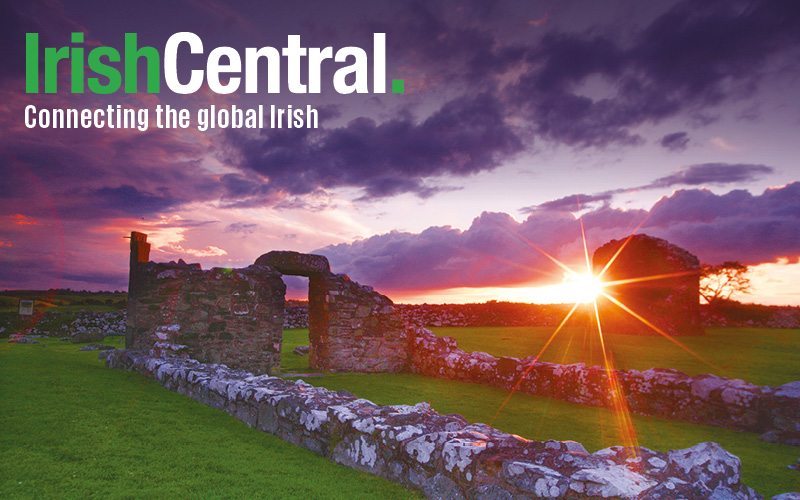President and Mrs. Clinton were going to Ireland in 1995, and I wanted to play a part in the planning of the trip. The president had agreed to dedicate a chair of peace studies to my dad, Tip O’Neill, at the Derry campus of the University of Ulster, and I was very grateful, but I also wanted to help with the planning of the presidential visit.
I knew that every Irish-American politician and administration official would try to get the President’s ear. So I opted to write to Mrs. Clinton.
I told her that during the upcoming trip she and the president would be feted at multiple social occasions and have the opportunity to meet with many of the rich and powerful in both Northern Ireland and the Republic. I hoped that during this trip she would also have the occasion to meet some of the women who were the backbone of efforts to hold their communities together during The Troubles in Northern Ireland. I listed some of the women I had met in the previous several years and faxed the letter to people at the White House with the request that they ensure the letter was delivered to the First Lady’s office.
A week later I received a call from Mrs. Clinton’s chief of staff, Melanne Verveer. She wanted to know if it would be appropriate for Mrs. Clinton to meet Joyce McCartan, one of the women I had suggested. Of all the influential political and community leaders, McCartan, a so-called “family feminist” and community activist, was perhaps the most humble.
A Protestant, she had married a Catholic and she lived in the Lower Ormeau Road, one of the more violent thoroughfares in Belfast. I had visited her in her home above the Lamplighter Fish and Chips Shop several days after a group of Catholics had been shot by Loyalist paramilitaries in a betting parlor not far from her home, retaliation for the Provo slaughter of workmen who had done repairs on a British military barracks.
McCartan had lost her youngest son, Gary, to Loyalist violence several years before. Her response was to expand her work with other women, both Catholics and Protestants, who had lost husbands, fathers, sons and brothers to the violence. She organized the Women’s Information Drop-In Center where women could lend moral support to one another and engage in small economic projects to help each other financially now that their breadwinners had been killed.
I assured Verveer that such a visit would be most appropriate.
The trip was a huge success. After attending the president’s remarks to the people of Derry and his dedication of the peace chair at the Guildhall, I watched on TV as it showed Mrs. Clinton earlier in the day with Joyce, and four other women, two Catholic and two Protestant, who had lost loved ones in the Troubles. They were drinking a “cuppa,” tea from an old battered kettle in Joyce’s living room above the fish and chips shop.
Mrs. Clinton asked if they were involved in politics. Some of the women retorted that politics offered nothing for them. Mrs. Clinton suggested that in her opinion all activity involved politics.
After the trip was over, Mary Robinson, the president of Ireland, noted that the First Lady’s visit with the women in the North was absolutely spot on. McCartan died of cancer several months after Mrs. Clinton’s visit.
The meeting with McCartan and her friends was an introduction for Mrs. Clinton to the people of the island of Ireland, but she did not stop there. That meeting fostered in her an enduring commitment to promote peace and prosperity.
As First Lady, U.S. senator, U.S. secretary of state and thereafter, she met with men and women from all walks of life – security officials, representatives of victims groups, politicians, business and community leaders, etc. – to encourage them to move the peace process forward. In doing so, she, as much as anyone, helped to create a climate in which political leaders could take the decisions necessary to end the conflict.
*Originally published in October 2016.




Comments